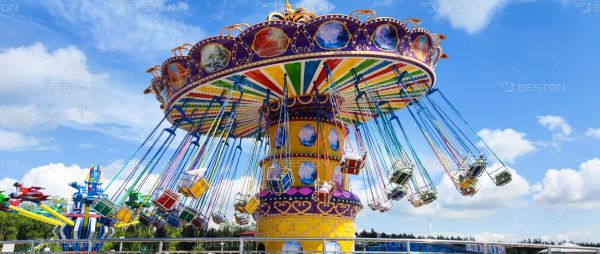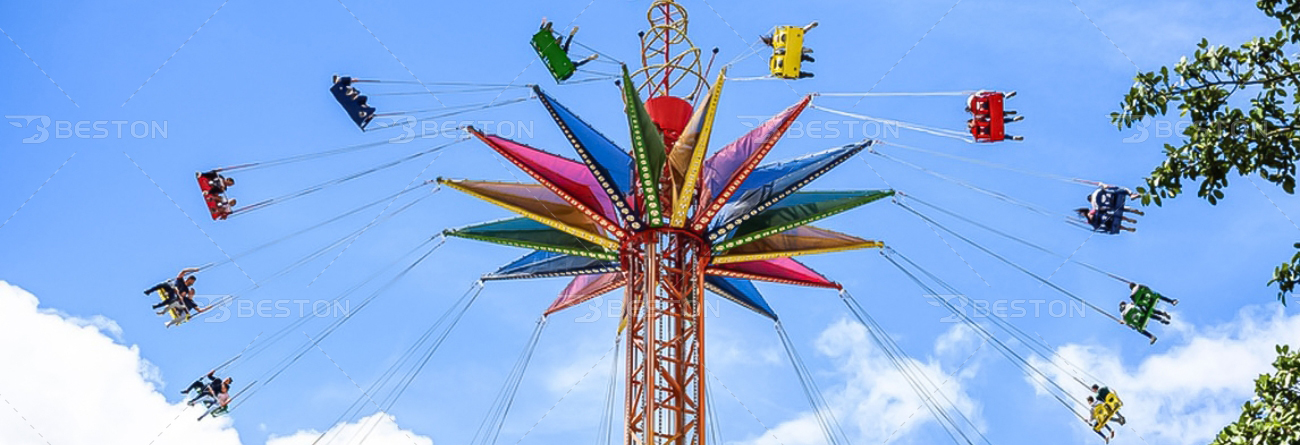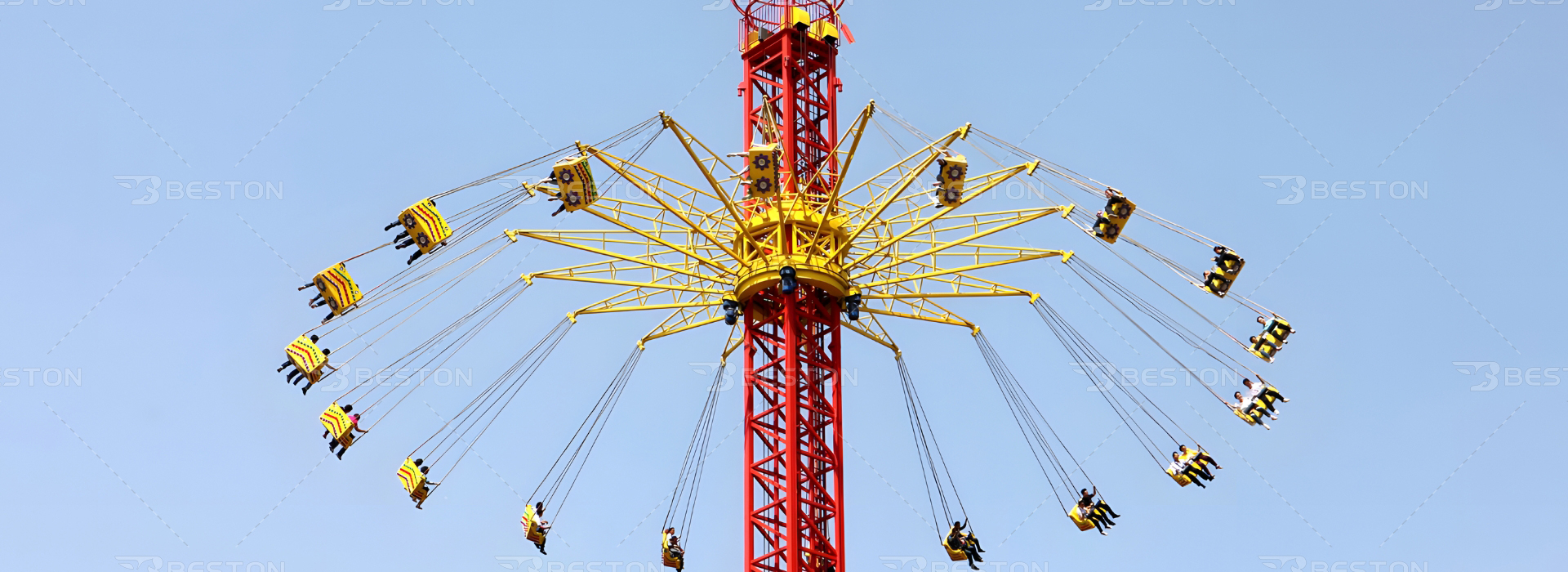Investing in amusement equipment is a capital-intensive decision that directly affects visitor experience, operational efficiency, and long-term profitability. From small family parks to large-scale entertainment venues, the pressure to balance upfront cost with long-term value remains critical. Understanding how to make informed, cost-effective selections can dramatically influence a business’s return on investment (ROI).
Evaluate Lifecycle Cost Over Initial Price
Choosing equipment based solely on the lowest purchase price often leads to higher maintenance expenses and lost revenue due to downtime. A more sustainable approach considers the total cost of ownership (TCO), which includes installation, daily operation, scheduled maintenance, spare parts, energy consumption, and the resale value.
Start by requesting a complete cost breakdown from suppliers. Reliable manufacturers provide transparent estimates and long-term performance data. Equipment such as a swing tower or compact roller coaster may have slightly higher upfront costs but feature modular structures and energy-efficient systems that reduce costs over time.
Match Equipment with Market Demand
Understanding your target audience is fundamental to making cost-effective decisions. A ride that performs well in a coastal resort may not yield the same results in a small-town park. Assess local demographics, seasonal attendance trends, and competitor offerings. Equipment should align with visitor expectations while offering a unique, marketable experience.
Low-maintenance, high-capacity rides often offer the best cost-per-rider value. For example, a mid-sized carnival swing ride accommodates multiple guests simultaneously, creating visual appeal and reducing queue times. These characteristics increase guest satisfaction and throughput, positively impacting revenue per hour.

Prioritize Modular and Scalable Designs
Flexible ride configurations allow parks to adjust for space constraints and adapt to changing visitor preferences. When selecting amusement equipment, consider whether the model is expandable or customizable. Many modern designs offer interchangeable themes, adjustable ride programs, and modular foundations.
Scalable attractions like family roller coasters or vertical drop towers can be easily integrated into both new and existing layouts. These modular designs often reduce shipping costs and simplify installation, helping operators maintain tight project schedules and budgets. Custom branding options also enable parks to create a differentiated identity without incurring excessive design expenses.
Assess Safety Standards and Certification
Safety is a non-negotiable requirement that directly correlates with operational uptime and insurance premiums. All amusement rides should comply with international or regional standards such as EN 13814, ASTM F2291, or ISO 17842. Equipment should include redundant safety systems, user-friendly interfaces, and accessible inspection points.
Before finalizing a purchase, verify the supplier’s certifications and audit history. A proven track record reduces the risk of mechanical failure and minimizes future liabilities. In the long run, safe, reliable rides improve brand reputation and reduce unexpected shutdowns or injury-related legal exposure.
Consider Maintenance Requirements
Routine maintenance is often overlooked during the purchase phase but significantly impacts long-term affordability. Equipment that requires frequent part replacement, specialized tools, or high-skilled technicians can create excessive labor and material costs.
Simple mechanical systems, corrosion-resistant coatings, and standardized parts contribute to smoother operations. In particular, rides like the swing tower are designed for long-term use with minimal servicing. Choose models that come with diagnostic tools, remote monitoring options, and comprehensive maintenance documentation to streamline inspections and reduce unplanned downtime.

Analyze Space and Infrastructure Compatibility
Every park has physical constraints—available land, power capacity, noise regulations, and visitor flow. Choose equipment that fits within these parameters without extensive retrofitting. Evaluate the ride’s footprint, foundation needs, and whether it requires supplementary systems such as air compressors or advanced lighting controls.
Amusement rides for sale that integrate seamlessly into the environment typically incur lower setup costs and fewer zoning issues. Vertical attractions like free-fall towers maximize space efficiency while offering high visual impact, making them ideal for urban parks or facilities with limited ground area.

Evaluate ROI Potential Through Usage Metrics
Project ROI by estimating ride throughput, average rider spend, maintenance frequency, and staffing needs. Calculate how many riders per hour the equipment can accommodate and multiply that by your average ticket or pass value. Compare that figure against expected operating and maintenance costs to determine profitability over time.
For example, a roller coaster for sale might initially appear expensive, but its thrill factor and high hourly capacity often justify the investment within a few seasons. When equipped with multiple cars or synchronized dispatch, such coasters can efficiently handle peak crowd volumes, offering a scalable advantage for busy parks.

Look for Warranty and After-Sales Support
Strong after-sales support ensures operational continuity. Verify the length and scope of warranty coverage. Leading manufacturers offer warranties that span multiple years and cover critical components such as motors, control systems, and braking assemblies.
Also inquire about the availability of technical support, spare parts inventory, and technician response times. Responsive service networks minimize downtime and protect revenue flow during peak seasons. Suppliers who offer virtual diagnostics and rapid-response maintenance packages bring additional value to the table.
Explore Financing Options and Vendor Reputation
Financing flexibility can significantly influence purchasing decisions. Some vendors offer lease-to-own options, seasonal payment plans, or third-party financing that reduces capital strain. Carefully review terms for interest rates, collateral requirements, and penalties for early repayment or delays.
Only partner with reputable manufacturers that have verifiable installations, industry recognition, and positive client testimonials. A company offering amusement rides for sale with hundreds of global deployments is more likely to deliver consistent quality, reliable lead times, and post-sale accountability.
Futureproof Through Data and Technology Integration
Digital integration is reshaping how parks manage operations. Equipment that supports digital ticketing, RFID rider tracking, and real-time diagnostics can reduce labor costs and improve ride efficiency. Forward-thinking ride systems also allow seamless integration with park management platforms for guest analytics and predictive maintenance.
Investing in data-enabled systems today protects your park from becoming obsolete as the industry evolves. As guest expectations grow, particularly among younger, tech-savvy visitors, parks equipped with digital-friendly infrastructure are better positioned to retain loyalty and drive repeat visitation.
Choosing cost-effective amusement equipment requires a strategic blend of technical analysis, market understanding, and long-term vision. By aligning purchases with usage potential, safety, scalability, and support quality, operators can ensure they maximize both guest satisfaction and business sustainability.
